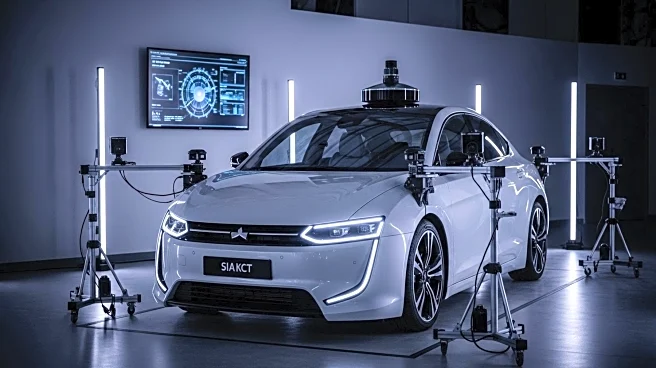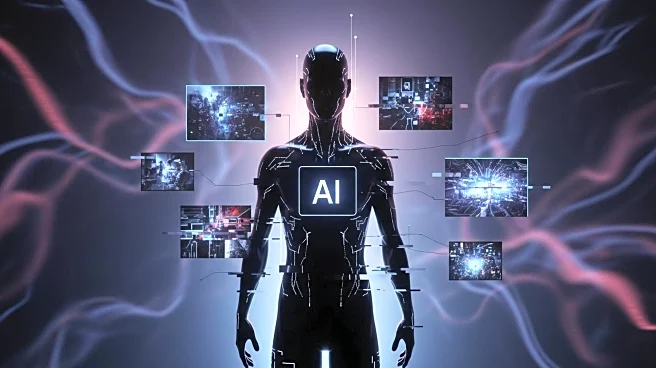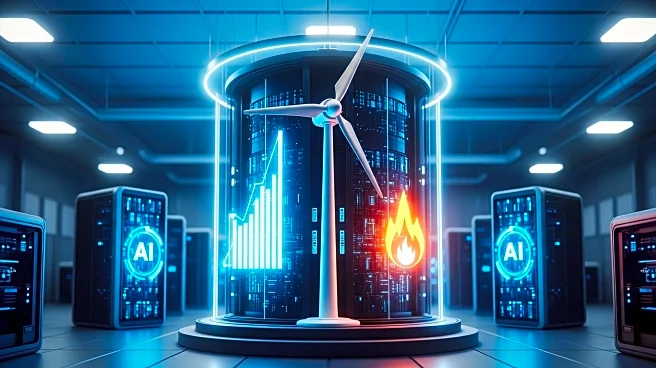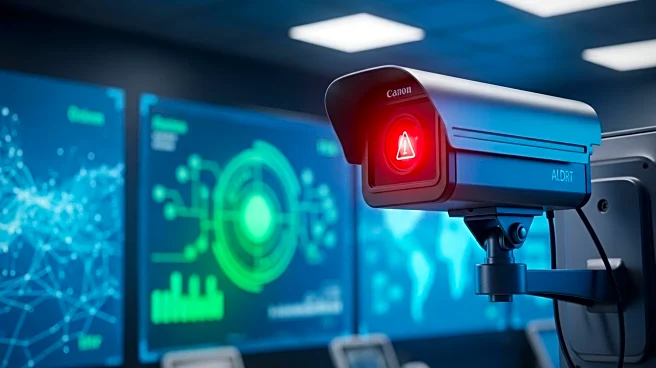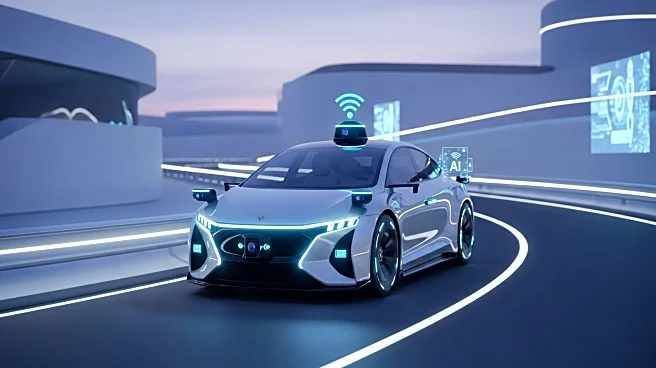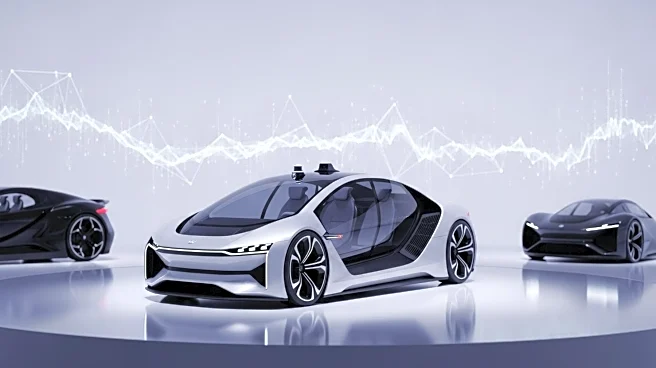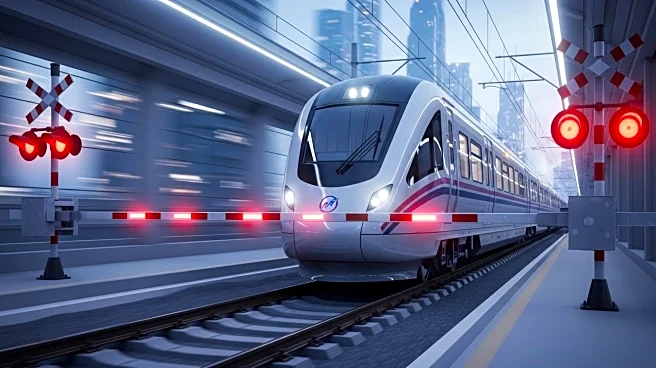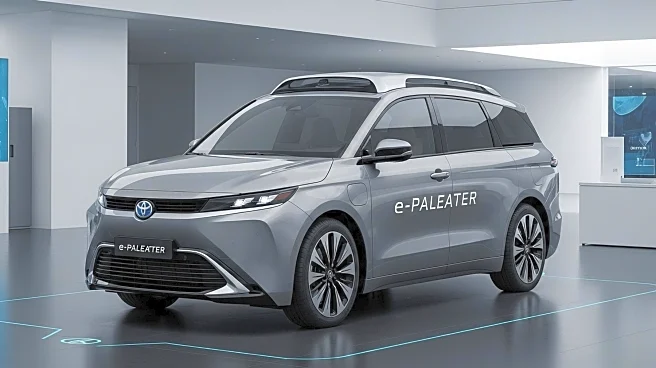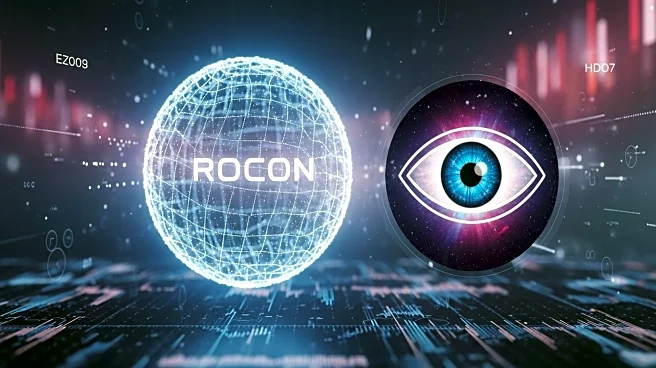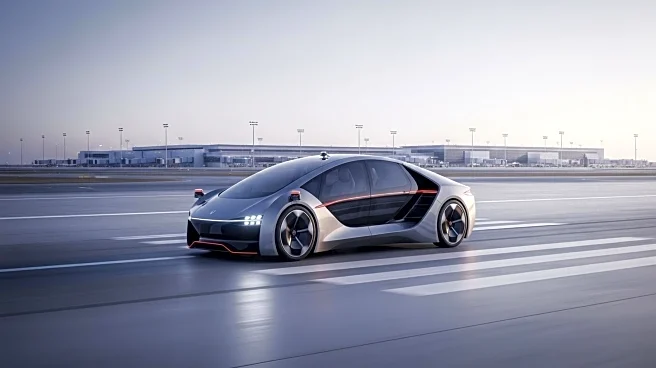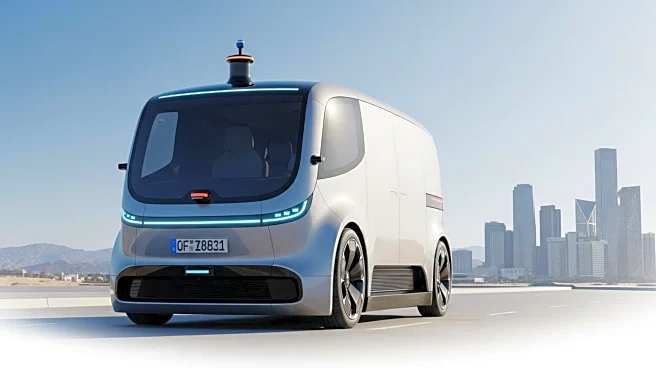What is the story about?
What's Happening?
The development of self-driving vehicles is advancing with the integration of various technologies such as cameras, satnav, laser, radar, and sensors. These technologies are essential for vehicles to navigate complex traffic environments autonomously. Self-driving capabilities are graded on a five-point scale, with many new cars featuring basic autonomous functions like cruise control and ultrasonic sensors. The highest level of autonomy, level five, is being tested in controlled environments, with robot taxis in some cities nearing full autonomy. The use of AI and machine learning is crucial for achieving higher levels of autonomy, enabling vehicles to make safe decisions.
Why It's Important?
The progression towards fully autonomous vehicles has significant implications for transportation and urban planning. Autonomous vehicles promise increased safety, efficiency, and reduced human error in driving. They could transform public transportation, logistics, and personal mobility, offering solutions to traffic congestion and environmental concerns. However, the technology also presents challenges, including ensuring reliable sensor data, addressing ethical considerations, and navigating regulatory landscapes. The development of self-driving technology is a pivotal step towards a future where transportation is more sustainable and accessible.
What's Next?
As self-driving technology continues to evolve, manufacturers will focus on refining sensor integration and AI algorithms to enhance vehicle autonomy. Regulatory bodies may develop new frameworks to ensure safety and compliance in autonomous vehicle operations. The industry could see increased collaboration between tech companies and automotive manufacturers to accelerate innovation. Public acceptance and infrastructure adaptation will be key factors in the widespread adoption of autonomous vehicles.
Beyond the Headlines
The shift towards autonomous vehicles raises ethical and legal questions about liability and decision-making in driving scenarios. It also prompts discussions on the impact of automation on employment in the transportation sector. Long-term, the technology could lead to significant changes in urban design, with cities adapting to accommodate autonomous traffic systems. The integration of AI in vehicles also highlights the need for robust cybersecurity measures to protect against potential threats.
AI Generated Content
Do you find this article useful?
